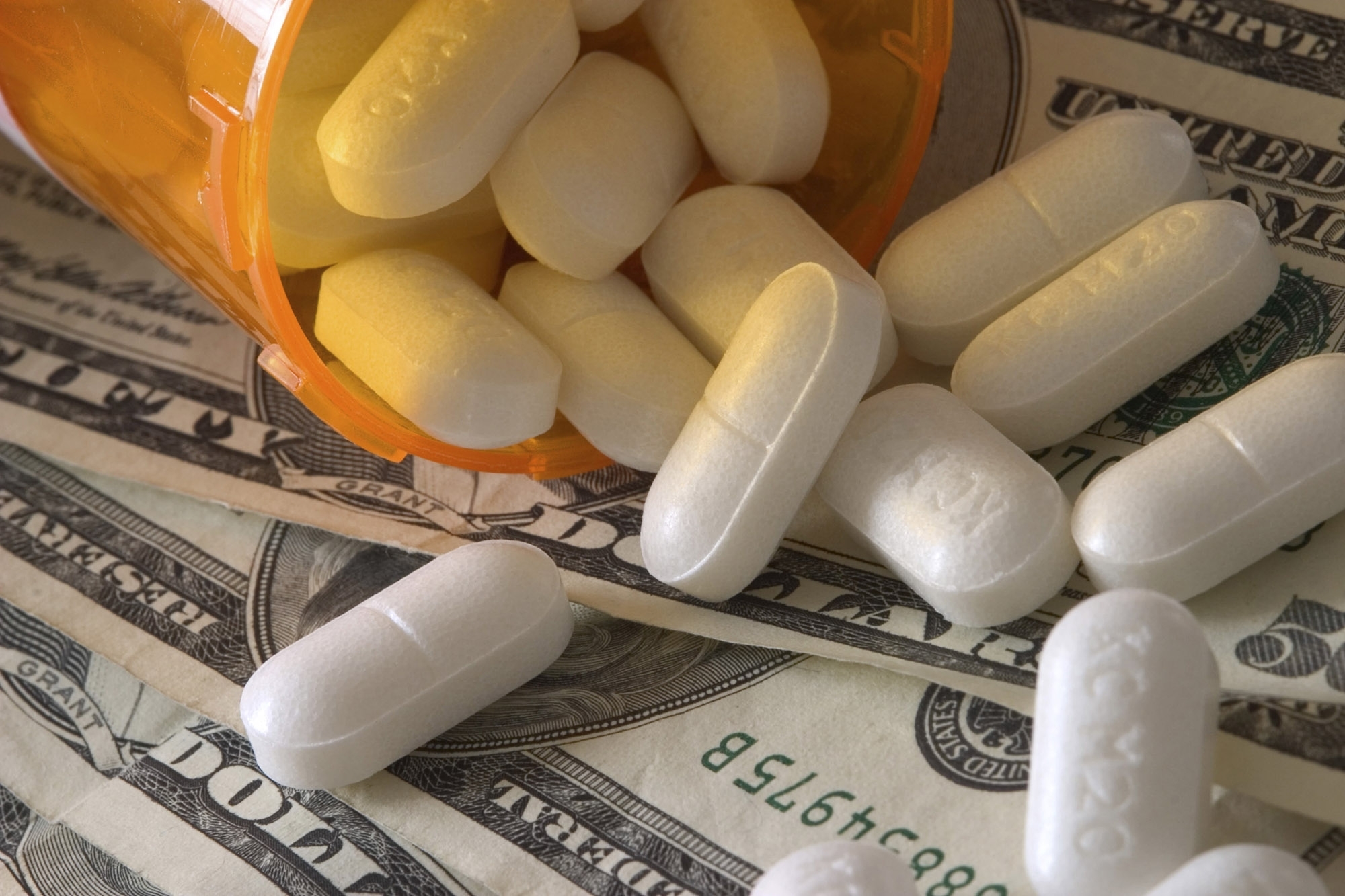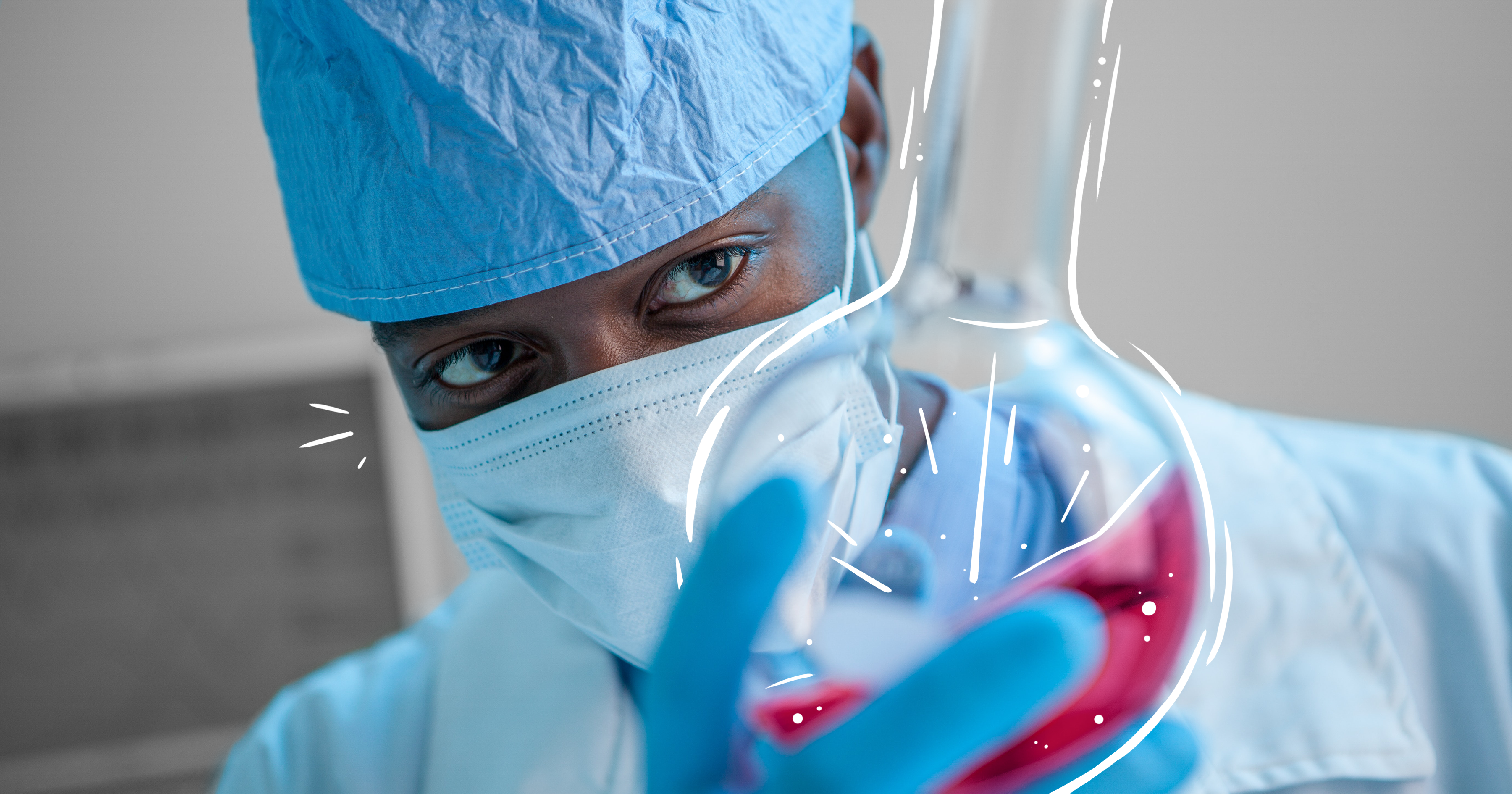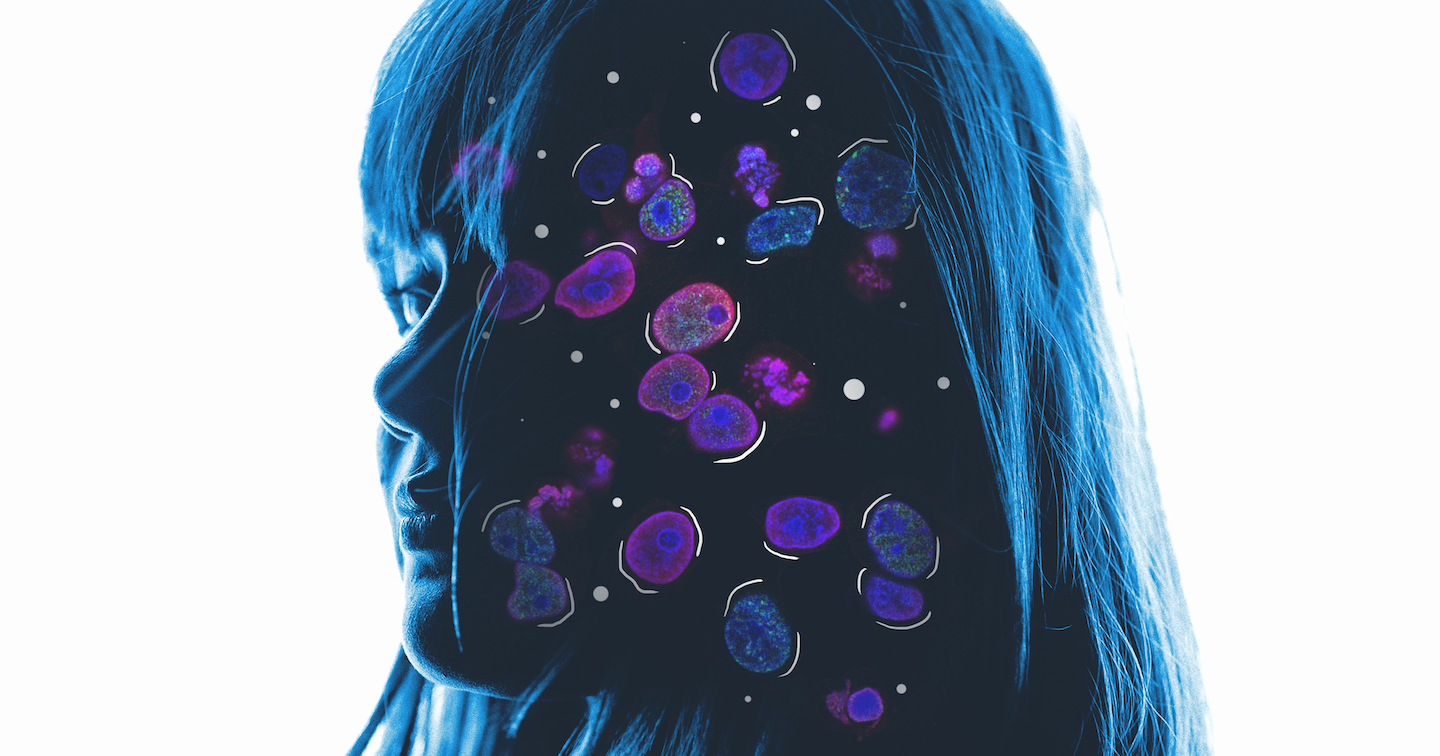Q&A with Bruce Bloom, MD, CEO of Cures within Reach
For the past 17 years, Bruce Bloom, MD has been proselytizing the virtues of drug repurposing, a cheaper, faster and often safer way to bring more treatments to market. As leader of Cures within Reach, he has helped fund more than 75 repurposing projects that have impacted treatments for more than a dozen diseases.
Tell me about Cures within Reach…
Cures within Reach is a global nonprofit headquartered in Chicago with a focus on driving more treatments to more patients more quickly using science and medicine that already exist for human use. We do this through pilot clinical trials that test the repurposing of drugs, devices and nutraceuticals to see if they can bring therapeutic value to patients who have unmet medical needs.
How do you define repurposing?
We use the word repurposing to signify an opportunity where something that’s already available for human use in one disease is tested to validate a new indication in a new human disease. So that could be an already approved drug, nutraceutical or device. What we call repositioning is when you take a compound that’s in the drug pipeline, that’s never been approved for human use, but has already been proven safe for human use, and you find a second or third indication.
And then we also define something as rescue. There are compounds that were in a pharmaceutical development plan that didn’t pan out and have just sort of languished. They’re safe for human use but nobody’s working on them. They can be rejuvenated or rescued and moved into a clinical pathway for a new indication.
Cures Within Reach focuses mostly on repurposing, finding new uses for already approved drugs and devices, or nutraceuticals.
How Old Drugs Are Made New Again

How does the drug development process look different when you’re repurposing versus developing something from a basic discovery?
For the most part, if your repositioning or rescuing a compound that is in a pharmaceutical pipeline, it just continues from where it was, but you save all the time and money of getting through preclinical and Phase 1 work. That could save you four to seven years and twenty to one-hundred million dollars. If you start with repurposing, where the drug is already approved for human use, you have even bigger potential time and cost savings. Depending on your goal, you might be able to perform a pivotal clinical trial, publish the results and help physicians use the drug off-label in the new indication. If your goal is FDA or other regulatory approval, you may have to complete more clinical research.

If companies can save tens of millions of dollars and it takes half the time, why does repurposing seem like more of an afterthought for industry than a focus?
There’s a couple of reasons why. First, assume you take a drug that’s already available in the marketplace, and it’s a generic drug widely available from a lot of manufacturers at a very low cost.
The problem is – if you spend thirty to sixty million dollars to get it approved for a new indication – how do you charge more money than the generic price? And how do you make sure that physicians don’t just substitute [a different manufacturer’s idential generic drug] for yours? There’s currently not a good incentive system to repurpose low-cost generic drugs. So that’s one reason.
Second, if you test a drug that’s still under patent from a different company, repurpose it and get it approved, you might own the method of use patent and the marketing rights, but you don’t have the right to manufacture it. Unless the other company decides to make it for you, you have to wait until the drug becomes generic before you can market for the new indication. Incentives are not set up to support that kind of drug repurposing.
Third, if you’re a pharmaceutical company and you have a limited amount of resources, does it make sense to spend them over a three to five year period to repurpose a drug that’s going to make forty million dollars a year, or should you spend seven to ten years to do the same thing with a new chemical entity where you might earn six hundred million dollars a year? So there’s also the cost-benefit evaluations that companies look at.

One of the missions of Cures within Reach is to figure out how we can create new incentives. The repurposing of generic drugs is shorter, cheaper and in many cases is safer for patients because millions of doses have been taken and we know what drug interactions and side effects to expect. A new chemical entity may only be tested on hundreds of people, and three or four years from now could they cause side effects that we didn’t know about in a two month or six month trial. We saw that with Vioxx. Repurposing a drug usually solves that issue as well.
The repurposing of generic drugs is shorter, cheaper and in many cases is safer for patients because millions of doses have been taken and we know what drug interactions and side effects to expect
How can you create incentives to support repurposing generic drugs?
We just announced a collaboration with a biotech in San Francisco called Notable Labs. Notable Labs is a drug discovery company and they have combined a nutraceutical with a repurposed drug that can help refractory pediatric patients with a rare form of leukemia. By taking this combination, it can move them back in their disease progression to the point where they can take advantage of therapies that are already available. This could create an effective and safe way to save these patients who have no other therapeutic option.
What does the collaboration look like?
Cures within Reach and Notable Labs will work together to secure FDA approval for this combination. One of the compounds in the combination is available for a pediatric priority review voucher. Notable Labs will receive the voucher and use that as their total compensation for bringing this pediatric drug. Notable will gift the license to this combination to Cures within Reach and we will create a way to bring the drug to market at as low a price as we can to cover the costs of manufacturing and distribution and our management of the process.
This is a way for us to establish a new model where the company that discovered the drug combination can get well-compensated through commercialization and the patients can still get the drug at a reasonable cost.
This is a way for us to establish a new model where the company that discovered the drug combination can get well-compensated through commercialization and the patients can still get the drug at a reasonable cost
We’ve also been working in England on a second way of creating new incentives, which is what we call outcome-based financing. There is a rare disease called chronic pancreatitis. On average, each chronic pancreatitis patient costs the UK healthcare system somewhere in the vicinity of ninety thousand pounds each year. o it’s an expensive disease. It’s a chronic disease. The patients typically don’t get better. There’s no therapeutic options for them right now, just palliative care, which is pain management, often with opioids and not a good solution for patients with chronic diseases.
So we’ve gone to the British government and said, ‘If we privately funded repurposing projects, and outcomes showed that chronic pancreatitis patients got significantly better and the cost of their care went down significantly, would you use some of your cost savings to repay those that funded the research and to support more repurposing projects?’ We’ve modeled this and shown that the cost of the research is far below the potential returns. Our goal is to create a cyclical engine for the repurposing of drugs for common and rare diseases that don’t have good therapeutic options right now.
Our goal is to create a cyclical engine for the repurposing of drugs for common and rare diseases that don’t have good therapeutic options right now
There are so many assets at various phases sitting on the shelf, how do you or anyone discover which of them might work for a different indication?
Most of these ideas in the past have come from researchers and clinicians that either have clinical observations or other supportive scientific information.
What we’re seeing now is artificial intelligence and bioinformatics are creating new ways of looking at old compounds. There’s a significant amount of computing speed and power that’s being brought to the repurposing world looking at how we can use artificial intelligence, machine learning and bioinformatics to not only point us to what drugs could be repurposed for what diseases, but also what kinds of side effects and drug interactions they might create, and how we might alter those drugs just slightly to make them easier for patients to tolerate.
What we’re seeing now is artificial intelligence and bioinformatics are creating new ways of looking at old compounds
What can industry do to help facilitate more repurposing opportunities and commercialization of discarded assets?
Over the last seven or eight years, almost every pharmaceutical company we work with has developed its own internal group responsible for taking their own assets and seeing if they can be repositioned or rescued or even repurposed.
The pharmaceutical industry as a whole has also been supporting philanthropic work in the area of repurposing. We have more than a dozen pharmaceutical companies that either currently are helping, or have in the past helped, support some of the work that we do. And most of those companies who support philanthropic repurposing are also looking at ways to both make some money and do some good by out-licensing and in-licensing commercializable repurposing assets.

It would be great if we could get new legislation that would somehow favor the repurposing of generic drugs and create some kind of economic incentives. It doesn’t strike me that the pharmaceutical industry is going to be at the forefront of that, but they certainly could make sure that they don’t put up a lot of opposition, especially if there was legislation that was primarily impacting pediatric and rare diseases that they are not pursuing aggressively.
It would be great if we could get new legislation that would somehow favor the repurposing of generic drugs and create some kind of economic incentives
What about specifically in Chicago? Is there anything that the biotech community or the government can do?
We haven’t yet pursued something legislative on a local or state level, but when we think about the idea of outcome-based financing, there are certain diseases in Illinois that cost the state a significant amount of money. For example, asthma has been increasing, it’s very expensive, and lot of state and local medical dollars go towards asthma care. If there was something repurposing that could help, it might make sense for local and state government to be outcome based payers. Also, when you think about local-level economic development, if there are conditions that keep people from being able to work, you might be able to think of repurposing that makes citizens healthier as an economic development or a public aid reduction system, as well.
In terms of supporting your mission, who are you trying to connect with and explain the importance of repurposing?
There are large funders out there who could see the benefits of repurposing as a really economical, effective and efficient way of driving therapies to patients. Healthcare payers, for example, could be interested in repurposing. Payers pay a lot of money for new drugs and if there was a substitute that could be less expensive, it might make sense for them to support that.
As we see health care costs getting unsustainable for governments and other payers, we’re all going to have to pitch in to figure out how we can leverage the untapped therapeutic value that exists in already approved drugs, so we can then afford all of these really marvelous new therapies coming out now.
We’re all going to have to pitch in to figure out how we can leverage the untapped therapeutic value that exists in already approved drugs, so we can then afford all of these really marvelous new therapies coming out now








